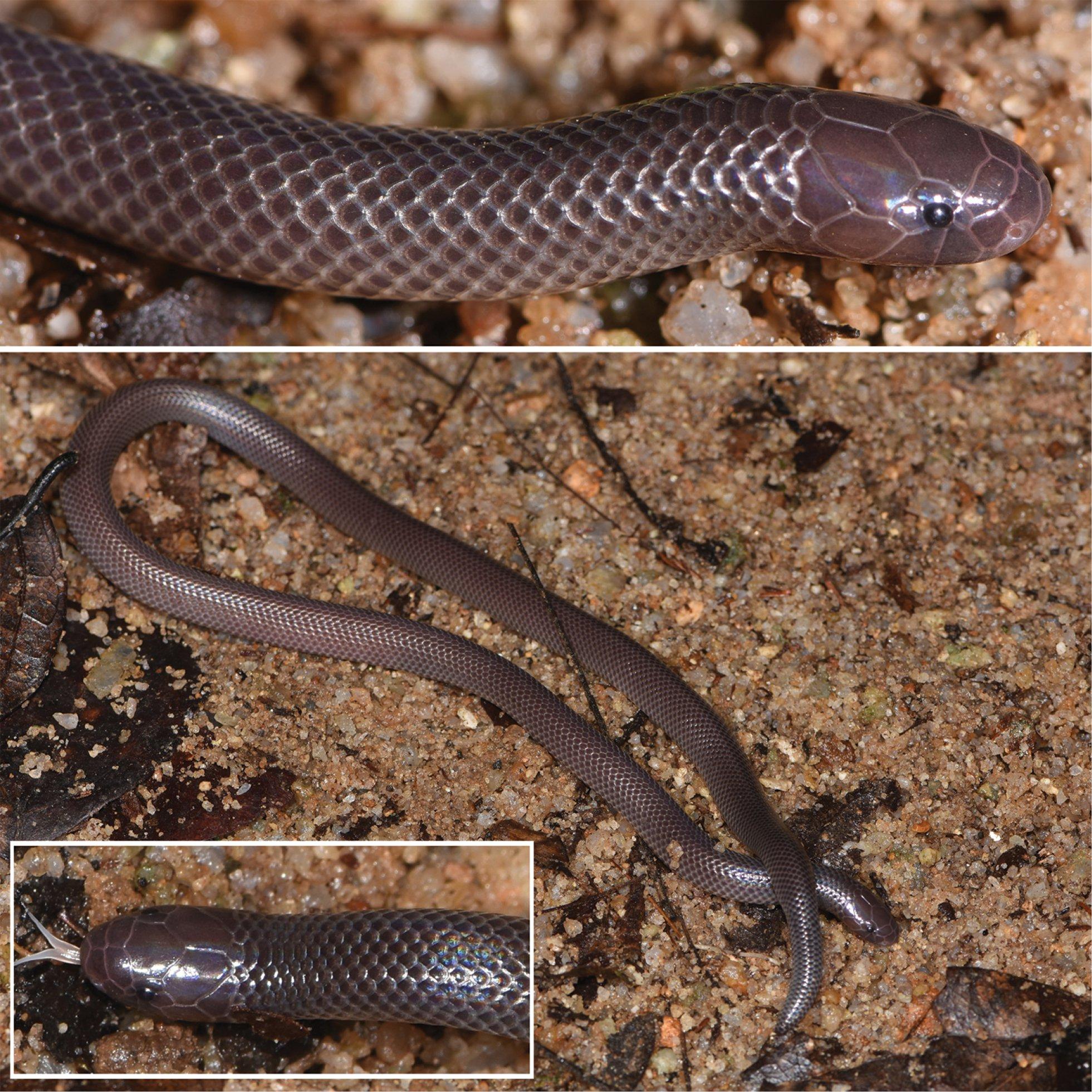

The targets fall into two main categories: the channels and receptors on neurons, and the molecules involved in clotting blood. It shows how different animals have ended up with venoms that zero in on the same molecular targets. I’ve reprinted a crazily detailed figure below, which you can enlarge by clicking on the image. And yet, in the end, their venoms echo each other. These new venoms allow animals to hunt new kinds of prey, or help them do a better job of killing old victims that evolve new defenses.Įach lineage of venomous animals became deadly on its own, independent of all the others. In venom genes, exons sometimes get skipped or shuffled, producing new venom molecules with new properties. Genes are made up of segments called exons, and cells assemble the information in the exons in order to make a corresponding protein. They may mutate a single base of their DNA, or they may undergo more dramatic changes. The rate at which cone snails duplicate venom genes, scientists have found, is the fastest gene duplication ever found in the animal kingdom.Įach new copy of a venom gene can get fine tuned even further.


Two genes can become four, four eight and on and on. Or it may duplicate, and the two venom genes may become deadly in different ways. And the new proto-venom gene may undergo more evolution. Even a small effect could help the animal catch more prey, and thus be favored by natural selection. It might happen to have a harmful effect. When an animal bites its prey, the enzyme can then get into the wound. Instead of becoming active in the pancreas, for example, it might start making proteins in the mouth. A mutation can, for example, change the signal a gene gets about where it should make its protein. But then the extra gene can mutate again without harming the function of the original one. At first, the duplication just means that twice as much of the original protein gets made. A common type of mutation causes DNA to get duplicated. How does an enzyme end up as a venom? There are a number of ways. Others are closely related to digestive enzymes Some venoms are closely related to immune system proteins, for example, which attack bacteria invading the body. Venom genes are closely related to other genes that carry out entirely different jobs, both in venomous animals and non-venomous ones. They started out as genes for other functions. The ways in which venoms emerge, and then evolve, offer lessons for the ways in which any complex new thing comes into being. Recently, some of the world’s experts on venom came together to take stock of what they’ve learned. Nevertheless, the molecular elegance of venom lowers a ladder down to scientists, so that they can start their climb into the mysteries of venom evolution.
#Spiritual battle snakes without venom skin#
Venom is produced in special glands, for example, and then has to get transported to the place where it will make contact with its victim–to the skin of a newt, to the tail of a scorpion, to the fang of a cobra. Delivering the venom also requires a lot of equipment. After all, a rattlesnake produces not one venom but a cocktail of them the cocktail in another snake will be profoundly different. That’s not to say that the venomous life is a simple one. That means that scientists can compare venoms gene by gene to see how they’re related to each other. Their success may have something to do with the fact that each type of venom is encoded by a single gene. But scientists have made exceptional progress in figuring out the origins of venom. The origin of new adaptations is one of the most fascinating parts of evolution–from hands to feathers to eyes. First there were animals without venom, and then there were. And that means that venom has independently evolved many times over in the history of life. The platypus is much more closely related to us, for example, than it is to a centipede.

Venomous animals are not all closely related to each other. Depending on its exact target in the body, venom will paralyze nerves, rot muscles, and stop blood from clotting. The molecules are intricately complex, with shapes that allow them to precisely lock onto certain proteins on our own cells. All these animals produce molecules that attack a victim in minutes or even seconds. It includes vipers, jellyfish, spiders, scorpions, centipedes, bees, cone snails, newts, platypus, and even a primate. Venom is the mark of a special club, a select subset of the animal kingdom. Neither is the squirrel on the sidewalk, the bullfrog in the pond, or the dragonfly floating by your window. Your spit, while unpleasant, cannot kill.


 0 kommentar(er)
0 kommentar(er)
